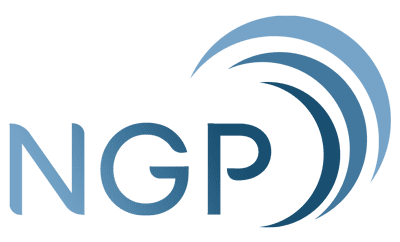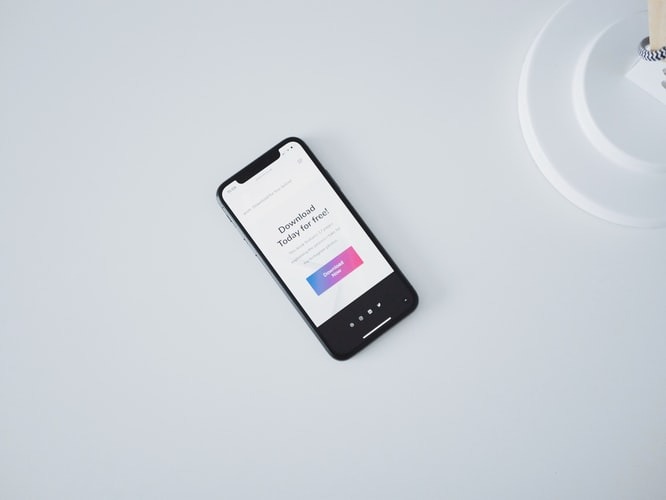Now that you’ve learned some content planning best practices, we should admit: we left out one very important best practice.
That’s because it deserves its own article. It’s the driving force of your campaign. It’s that final push that your target audience needs to take them from admirer to buyer.
It’s the call to action.
What is a call to action?
Call to action, commonly referred to as CTA, is a digital marketing strategy to influence readers to take an action such as sharing your post, leaving a comment, signing in to your newsletter, or purchasing a product. It is a short piece of content that aims to direct readers to take real action toward becoming a customer or a loyal follower. If done right, a well-crafted CTA will get your online audience to take the action you want them to take.
Without a call to action, you will be giving your audience no motivation to continue their engagement with you and your content. So, don’t skip your CTAs.
The Art of Calls to Action
So your content strategy attracts and informs, right? Good! Does it help generate leads? Does your content clearly explain or instruct your audience about a product or service and how they can avail it themselves? In other words: are you effectively telling your audience what to do?
A prime example of a call-to-action we encounter in our daily lives is in YouTubers. Think of all the ways you’ve been asked to “like, subscribe, and hit the “bell” button”.
According to OkCredit, this isn’t a mindless spiel, but instead a consistent reinforcement so that viewers don’t just “watch the video and move on without leaving any mark of engagement.” In this case, think of it as a friendly reminder.
Instead of just posting what you offer and be done with it, pair your content and graphics with links and buttons to direct readers on what to do next. One critical element of persuasive content is a clear call to action.
Read on as we share tips on how to use calls-to-action in real business life. (See, this is a call to action!)
Creating a compelling CTA
The best call to action is one that is simple, eye-catching, and improves conversion.
- Keep it short but visible
Call-to-action is all about clear and concise messaging. Notice that most of the CTAs are 2-4 words long? It is meant to be short and straight to the point to let your audience know exactly what you want them to do. Start with a strong command that provokes action such as “try”, “get”, “join”, “find”, ”start”. The easier and more intelligible the CTA, the more likely your audience will feel motivated to take the action.
“The longer the CTA, the more consideration users have to take, the more time they take to think it over. Don’t let that happen!”
— Angelika Lola, NGP IMC Digital Media Buyer
Be sure that these CTAs stand out. Adding an ample white space around your call-to-action will create a visual break and draw the audience’s attention. Another trick is to use a button rather than a hyperlink. Pick a color outside your color palette so the CTA button stands out.
- Create urgency
You want your audience to act fast therefore it would be helpful if you use words that reflect urgency.
“Limited time offer”, “Claim your spot”, “Don’t delay, order now”, using these promotions creates a sense of urgency and fear of missing out. People are naturally social beings who have an urge to always stay updated with trends. Adding these words will make urgency which is an effective motivator especially when people think they might lose an opportunity or a product that could transform their life or business.
- Mind the CTA placement
Some might argue that the best place to put a CTA is near the top of an email or web page so that readers would never miss it. While in some instances, putting a call to action above the fold increases the scannability since we read top to bottom, it might not make sense for some cases. Given an example, a “Subscribe Now” link placed before a description of your blog instead of after would be illogical for readers who would not subscribe for something they do not know yet.
While there is no rule where you should place the CTA in your content, following a natural flow of messaging would make sense from a reader’s standpoint. Figure out which works best. If your online audience can quickly grasp the intention of your content, place the CTA above where they can see it. However, if you need to explain and discuss beforehand, placing the call to action at the end part will fit in.
- Propose a benefit or solution
Your call to action should offer some sort of benefit or solution to a problem otherwise people wouldn’t mind clicking. If your audience isn’t sure about the value your CTA is proposing, they will just scroll past it. That is to say, you have to inform them what’s in it for them and why they should click.
One strategy is giving customers “Free trials” and “Downloadable resources”. These bonuses can be a part of your sales funnel strategies to generate leads and build up a customer base. “Get access” should also do the trick if you want to highlight the feeling of getting exclusive content for the reader.
The type of CTA you need to use will vary depending on your industry. NGP-IMC helps you find that sweet, persuasive, effective spot for your call to action to help drive results, so drop us a line today.
Don’t forget the other parts of this How-To series as well!
• The 5 Best Content Planning Practices for Digital Marketing
• 4 Tips for Compelling Digital PR Call-to-Action
• 5 Need-to-Know SEO Basics for Digital PR
• The Importance of a Landing Page
• The Art of Storytelling in Digital Marketing
• Finding the Right Audience for your Digital Marketing Campaign• 4 Tips for Compelling Digital Marketing Campaign Visuals


